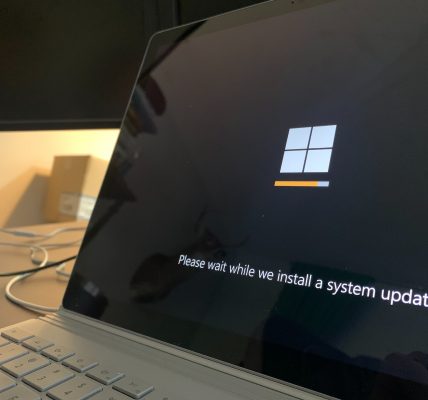School Chromebooks are essential tools for completing homework and other educational tasks, but they often restrict access to websites beyond the academic sphere. Schools typically block a wide range of websites, limiting students’ ability to explore more diverse sources or access certain information. If you’re looking to bypass these restrictions, this guide will walk you through several methods for unblocking websites on your school Chromebook.
Important Note: The steps outlined below were tested on an ASUS Chromebook Vibe CX34 Flip running Chrome OS version 120.0.6099.235. Depending on your device and software version, the steps might vary slightly.
How to Unblock Websites on a School Chromebook
There are various ways to unblock websites on a school Chromebook. Your success will depend on the specific security measures set by your school. Some institutions enforce blocks at the device level, while others use network-level filtering through DNS (Domain Name System). Below, we offer solutions for both types of restrictions, so try each one to see which works best for you.
Unblock Websites Using a VPN
A Virtual Private Network (VPN) acts as a bridge between your device and the internet by routing your traffic through another server. This method hides your online activity and allows you to access websites that might otherwise be restricted on your school’s network.
There are several ways to set up a VPN on your Chromebook, but you’ll first need to choose a VPN provider. Many free VPN options are available, and you can find a suitable service online.
Once you’ve selected a VPN provider, you can easily install the app or manually set it up on your Chromebook. Here’s how to manually configure a VPN:
Steps to Add a VPN to a Chromebook:
- Open the Settings app.
- Navigate to Network.
- Click on Add connection.
- Choose Add built-in VPN.
- Enter the VPN details provided by your service.
- Once you’re ready, click Connect.
Once the VPN is connected, it will allow you to bypass network restrictions and access websites that were previously blocked.
Using a Proxy Server
A proxy server works similarly to a VPN, acting as an intermediary between your device and the internet. It allows you to access blocked sites without revealing your actual IP address. If your VPN isn’t working or you prefer to use a proxy, follow these steps to set it up on your Chromebook:
Steps to Set Up a Proxy Server on a Chromebook:
- Open the Settings app.
- Go to the Network tab.
- Select Wi-Fi and click on the network you’re connected to.
- Scroll down to find the Proxy section and expand it.
- Toggle on Allow proxies for shared networks and click Confirm.
- Under Connection type, select Manual proxy configuration from the dropdown menu.
- Input the required proxy details and click Save.
Using a proxy server will route your internet traffic through the selected server, potentially giving you access to blocked content.
Adjust Chromebook’s Site Permissions
If your school has only blocked websites at the device level, and you somehow have administrative rights over your Chromebook, you might be able to unblock websites through the site settings. This method will only work if you have the necessary permissions to access the administrative controls on your Chromebook.
Steps to Change Site Permissions:
- Open Chrome.
- Click on the three-dot menu in the upper-right corner and select Settings.
- Navigate to Privacy and security.
- Click on Site settings.
- Scroll down to Additional content settings and select Insecure content.
- Under the “Not allowed to show insecure content” section, find the website you want to unblock, click on the three dots next to it, and choose Remove.
- If the website isn’t listed, go to the “Allowed to show insecure content” section, click Add, enter the website’s address, and then click Add again.
This method might not always work, especially if the restrictions are set at the network level, but it’s worth a try if the block is device-specific.
Accessing Websites via IP Address
Every website has a unique IP address, which is often used behind the scenes while domain names (like androidauthority.com) are easier for humans to remember. While schools often block website domains, they rarely block the underlying IP addresses. You can use the IP address of a website to access it directly.
Here’s how to find a website’s IP address and use it to access the site:
Steps to Find a Website’s IP Address Using the Chromebook Terminal:
- Press Ctrl + Alt + T to open the terminal on your Chromebook.
- Type PING, followed by a space and the website URL.
- Press Enter.
- The IP address of the website will be displayed in parentheses. For example, the IP address for Android Authority might look like this: 172.67.2.16.
Once you have the IP address, enter it into the Chrome address bar and press Enter. You should be able to access the website, even if its domain is blocked




